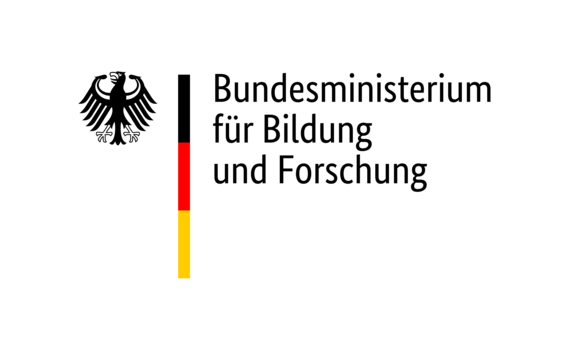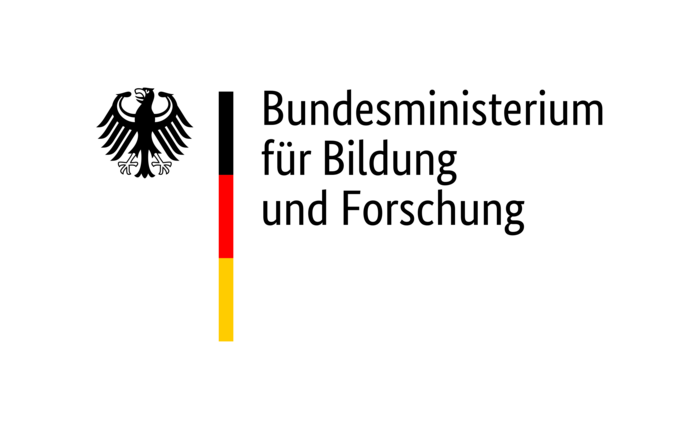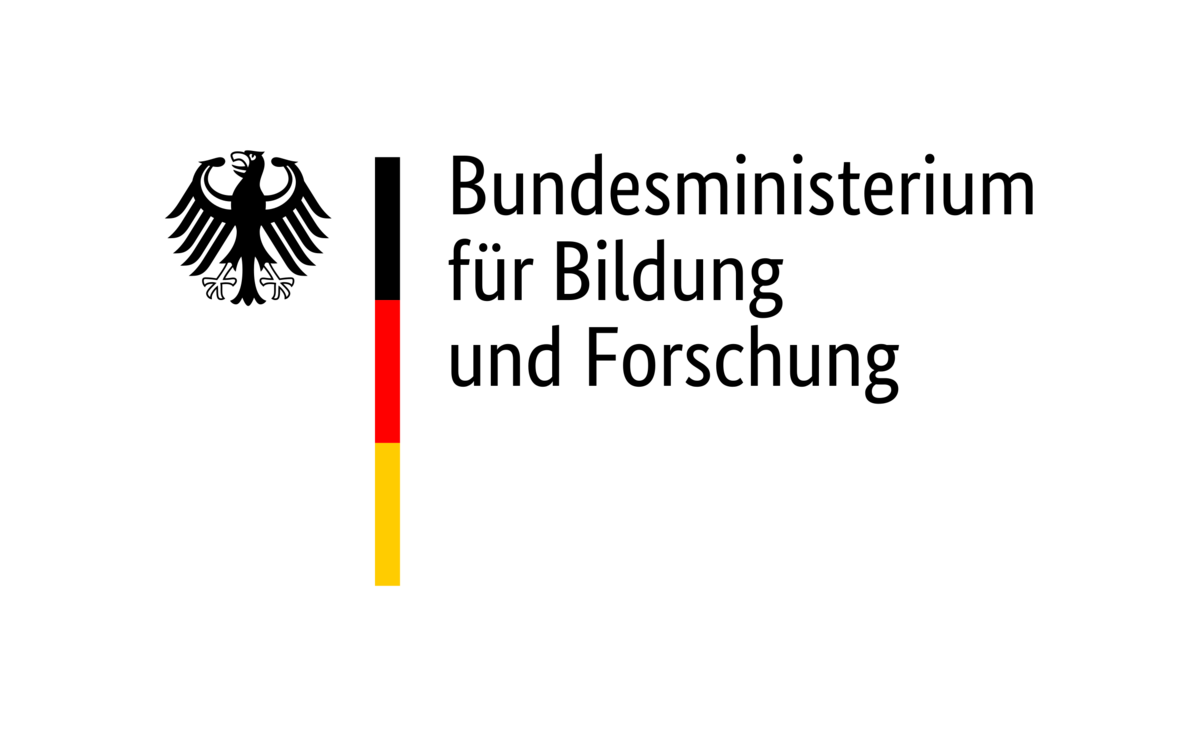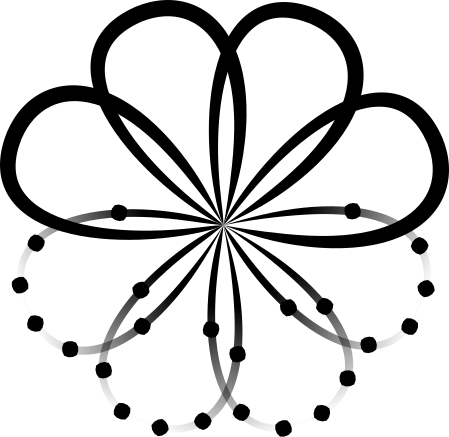


Funding Agency



The central approach for the KISSKI project is the research on AI methods and their provision with the goal of enabling a highly available AI service center for critical and sensitive infrastructures with a focus on the fields of medicine and energy. Due to their relevance to society as a whole, medicine and the energy industry are among the future fields of application-oriented AI research in Germany. Beyond the technological developments, artificial intelligence (AI) has the potential to make a significant contribution to social progress. This is particularly true in areas where digitization processes are increasingly gaining ground and complexity is high. For both medicine and the energy industry, the pressure to innovate, but also the potential, is immense due to the availability of more and more distributed information based on a multitude of new sensors and actuators. The increasing complexity of the tasks as well as the availability of very large data sets offer a high potential for the application of AI methods in both topics.
Lead at LUHAI: Prof. Lindauer
Funding Program: BMBF AI Service Centers
Project Period: 2022 to 2025
Project website: https://kisski.gwdg.de/
Publications
Zeige Ergebnisse 1 - 5 von 5







